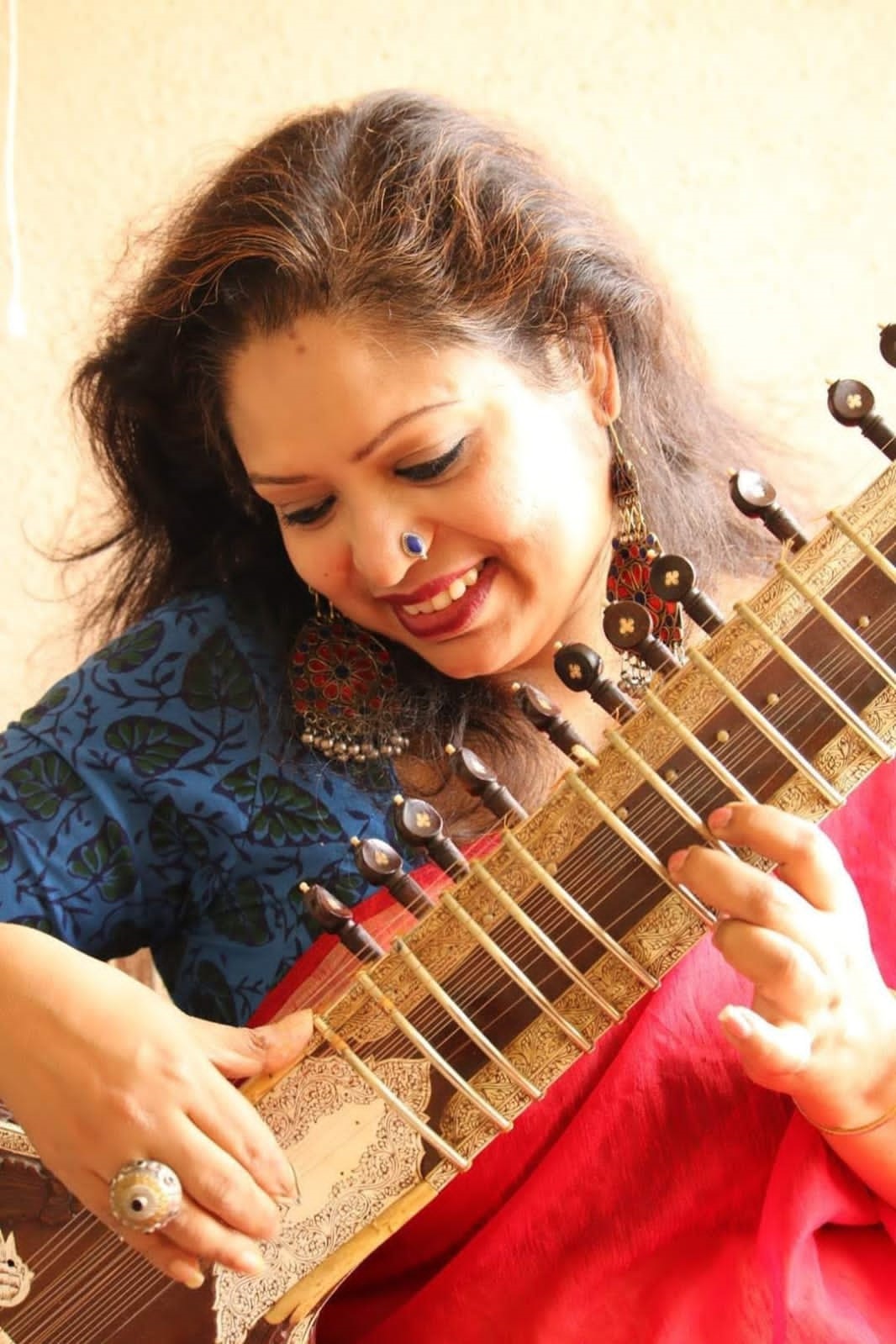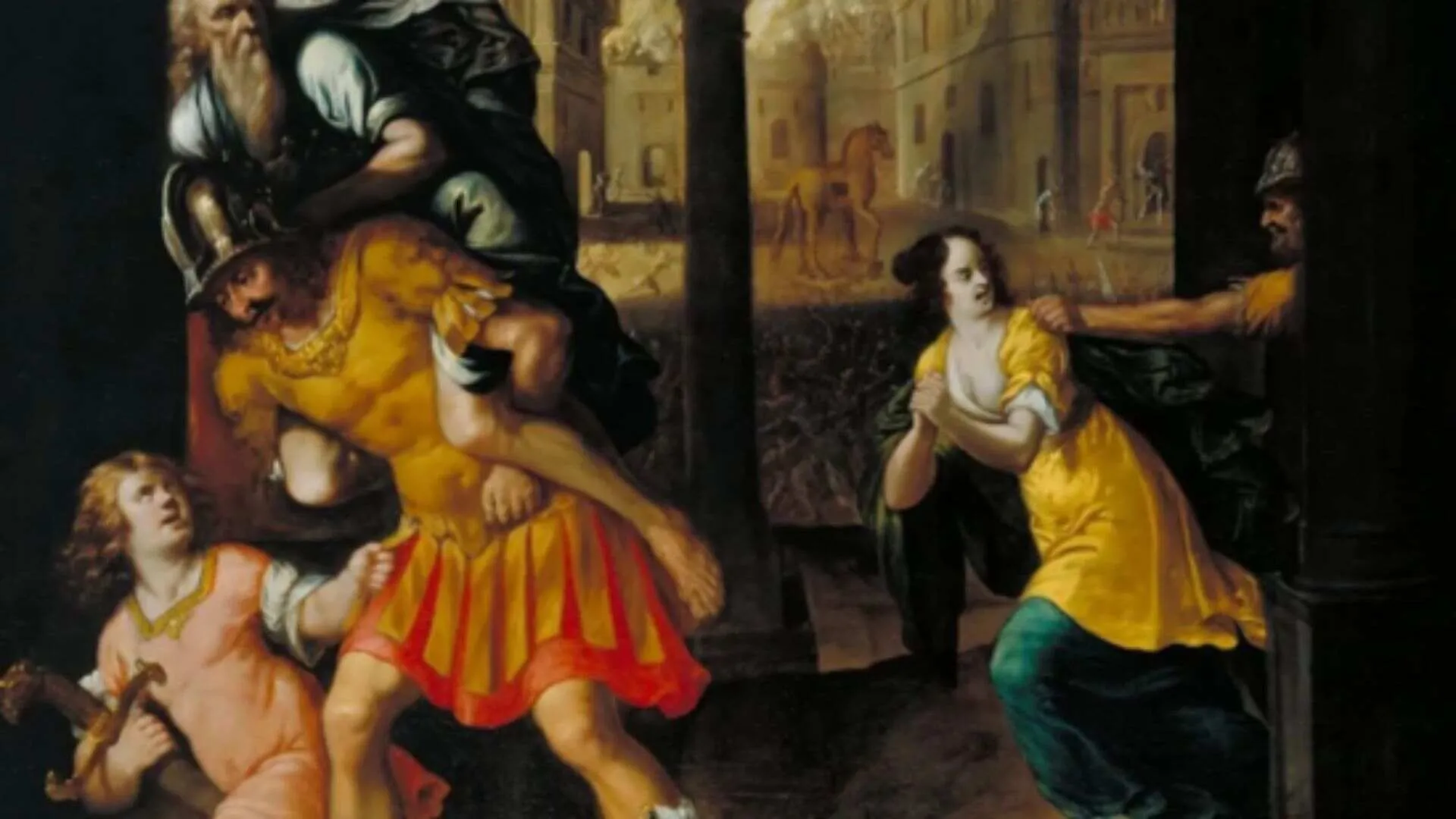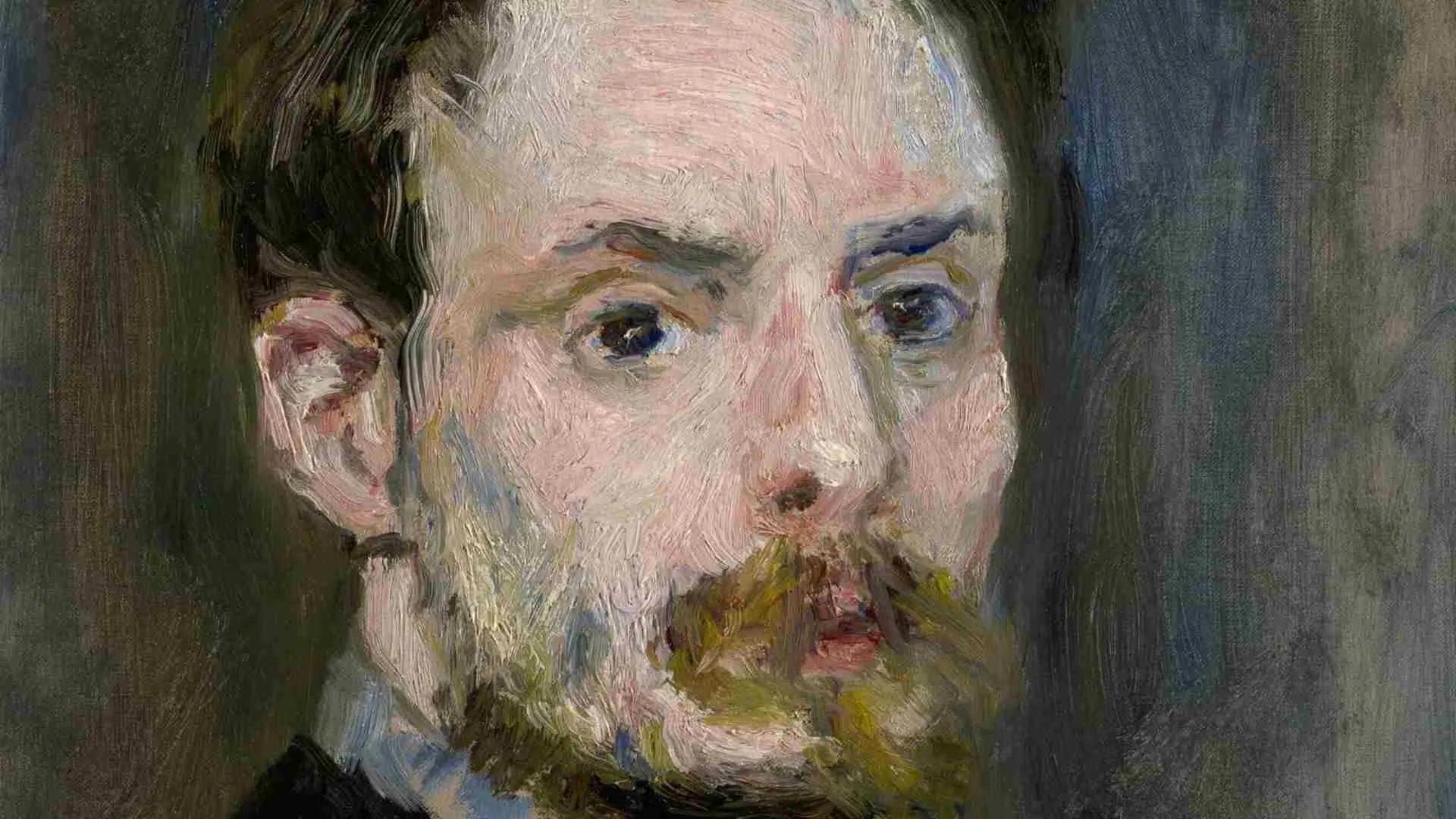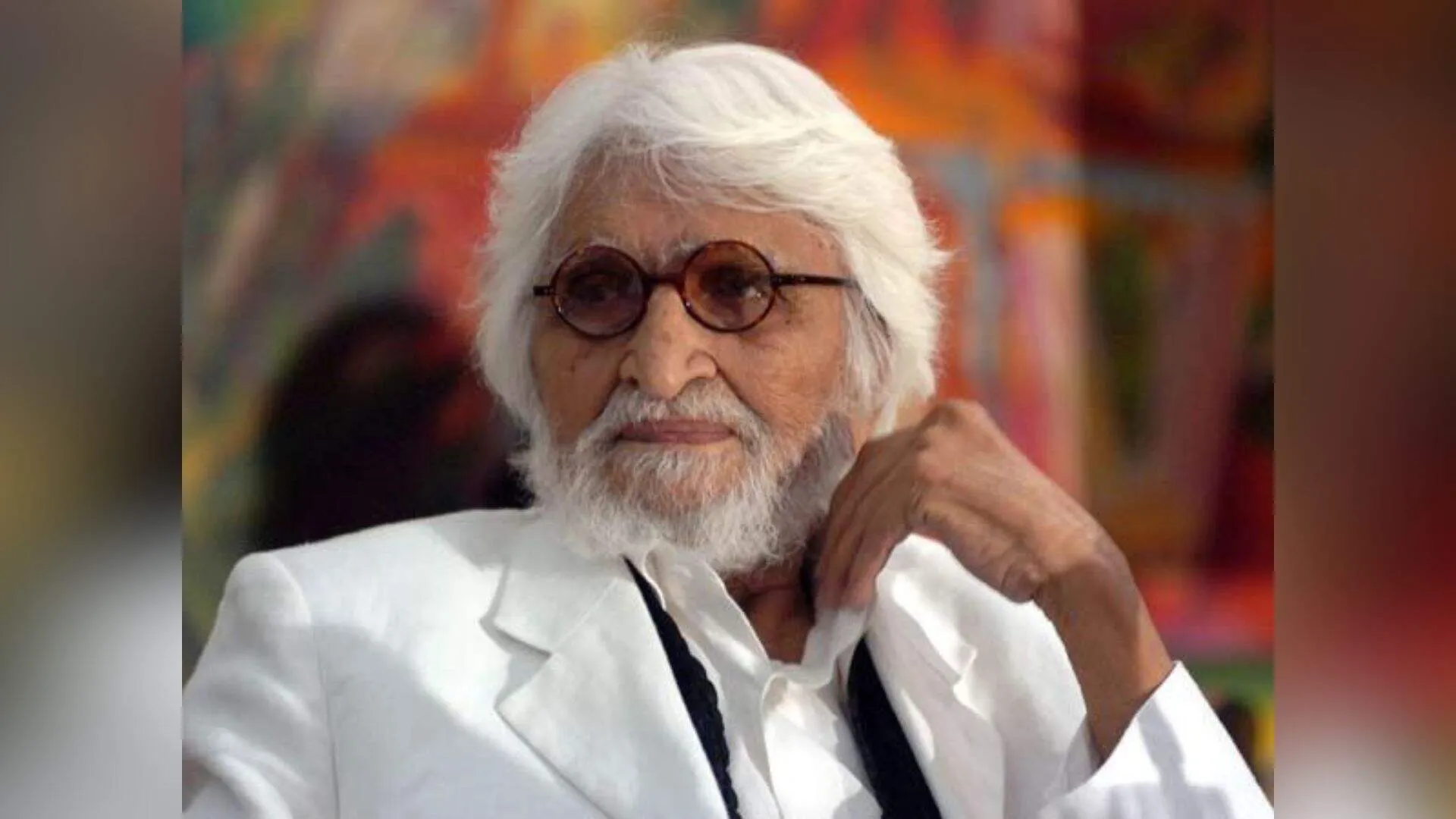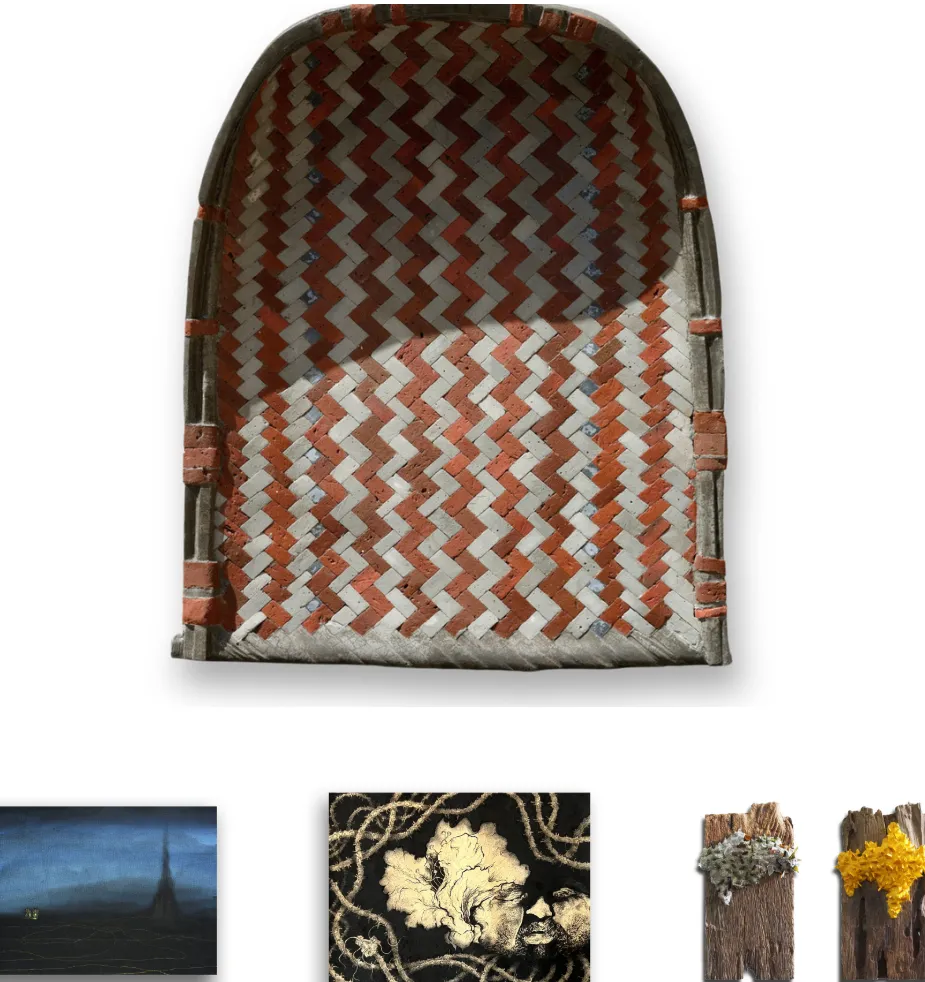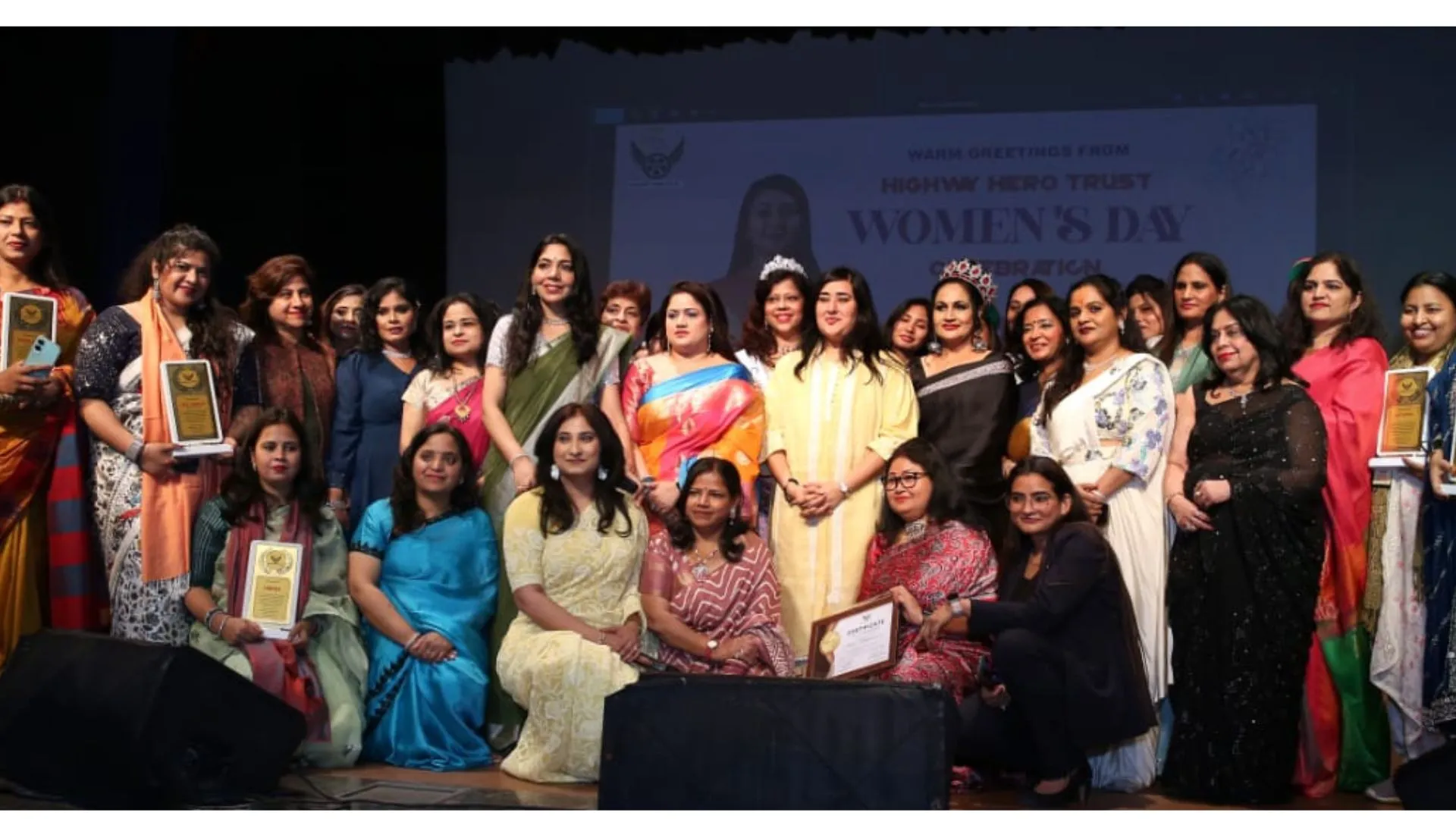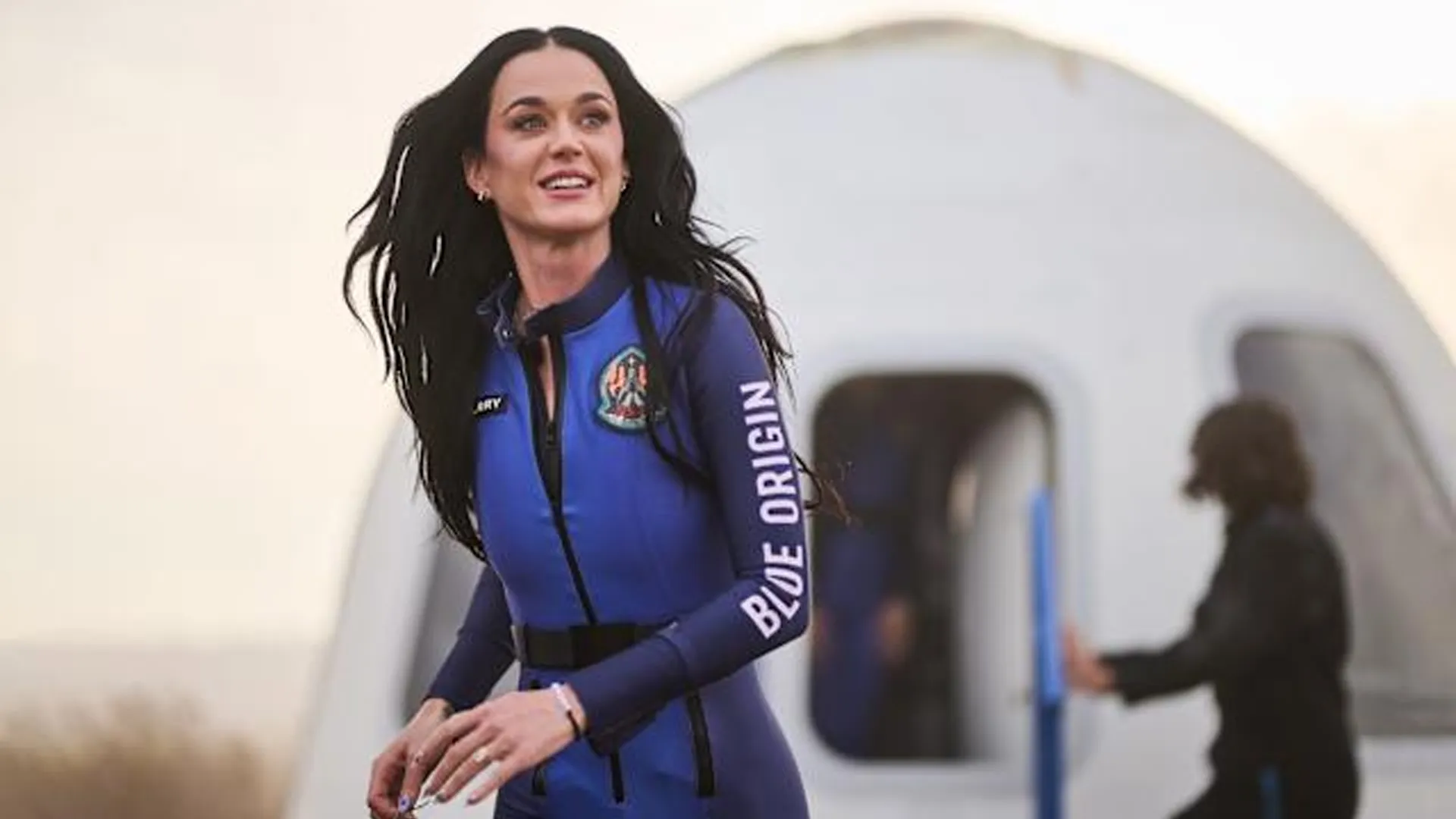Sahana Banerjee, a prominent female sitar player from India, belongs to the Rampur Senia Gharana. Her unique presentation showcases the traditional Veenkar Dhrupad Style of the Rampur Senia Gharana while maintaining the purity of Raga, along with her own artistic blends of Gayaki. She has been honoured with the Ustad Bismillah Khan Yuva Puraskar by the Sangeet Natak Akademi, New Delhi. Sahana holds the Grade ‘A’ artist designation with All India Radio and National Television and has been performing recitals since 1995. She has also delivered numerous prestigious stage performances in India and Europe. Excerpts:
Q: How did you start your journey in music?
A: I was born into a musical family, deeply immersed in the world of music. My father, Pt Santosh Banerjee, was a renowned Sitar & Surbahar maestro of the Rampur Senia gharana, and my mother, Smt Chhabi Banerjee, was a vocalist from the Rampur Sahaswan gharana. From a very young age, I would begin my days by listening to my mother’s riyaz (practice). My musical journey officially began at the age of 4 when I developed a passion for both vocal music, learning from my mother, and the sitar. As I grew up, I realized that these two disciplines complemented each other, providing me with comprehensive and rigorous training. It would be inaccurate to say that I chose the sitar; rather, it is more appropriate to say that the sitar and I chose each other, embarking on a unique journey and celebrating the essence of life.
Q: How did you mold yourself to become a good musician? What was your thought process?
A: Discipline played a crucial role in shaping me into a skilled musician. My parents instilled in me a strong sense of discipline and values, emphasizing its profound impact on an artist’s musical journey. My days were governed by rigorous practice (riyaz), music lessons (talim), and academic studies. Growing up, I had the privilege of hearing captivating anecdotes from my father about his guru, Ustad Md Dabir Khan, a legendary veena player and Dhrupad exponent from the Rampur Gharana. These stories, along with interactions with intellectual musicians who visited my father, became invaluable learning experiences. My father was a musical saint, imparting wisdom that ragas are like living entities with their own spirit and messages. He emphasized the importance of preserving the integrity of ragas, rather than compromising them for commercial or entertainment purposes. This philosophy resonated deeply with me, inspiring me to infuse spirituality into my music. Today, I find immense satisfaction and spiritual upliftment when I completely immerse myself in my music. It is a profound connection that transcends mere entertainment and touches the soul. In summary, my journey as a musician was shaped by the discipline instilled by my parents, the guidance of my father and his anecdotes, the wisdom shared by eminent musicians, and my personal commitment to merging music with spirituality. These elements have helped me develop a thought process that goes beyond mere technical proficiency, allowing me to connect deeply with the essence and soul of music.
Q: Do you have any special thoughts regarding being a female instrumentalist?
A: I do not like to categorize myself as a “female sitarist”. Instead, I prefer to be called a ‘sitarist’ or an ‘artist’. I believe that art transcends gender. It is a pure expression of emotions and the result of dedicated hard work, without any gender discrimination. So, this question doesn’t hold much significance for me. Our music is the language of our soul, and it emerges through our practice, emotions, and artistry, irrespective of gender.
Q: What challenges did you face on your journey? How did you maintain the strength of your mind to reach your goals?
A: I always considered it a challenge to balance both roles – being an artist and a homemaker – without compromising either. People may try to bring you down, but I chose not to pay heed to their opinions and continued my journey with my own thoughts, trust, values, and self-confidence. I must mention that I received full support from my husband. I have always believed that women are multitaskers, akin to the ten hands of Goddess Durga. We need to ignite our inner strength and persevere on our individual paths.
Q: What are your observations regarding the relationship between society and a female artist?
A: In society, artists, including actors, musicians, dancers, and singers, often encounter various challenges. Unfortunately, the field of fine arts still does not receive the serious recognition it deserves, primarily due to a lack of social awareness. Freelancers, particularly female artists, often face a narrow-minded mindset that undermines their credibility compared to individuals with regular office jobs and stable incomes. This bias persists due to a lack of understanding and appreciation for artistic professions. Additionally, many talented women are compelled to abandon their artistic pursuits after marriage due to a lack of support and encouragement from their in-laws. Establishing oneself as an artist and earning a livelihood through art can be a time-consuming process, further adding to the challenges faced by female artists. It is crucial for society to reflect upon these issues and reassess its perspective. We must not allow talent to go to waste by limiting opportunities for artists, especially female artists. Promoting social awareness and providing equal support and encouragement to all artists, regardless of gender, will help foster a more inclusive and vibrant artistic community.
Q: Do you have any special thoughts on music that you’d like to share?
A: Our art form encompasses a beautiful fusion of philosophy and music. It delves deep into the essence of our being, seeking to unravel profound truths. Our music has its roots in the ancient Vedas, crafted by enlightened souls and revered sages. It is not for us to compromise this sacred art form for mere entertainment or monetary gains. Instead, it is akin to a sacred mantra, an eternal offering. The art of creation is incredibly versatile, constantly evolving. We can nurture our creative instincts while preserving the intrinsic soul of our music. Personally, I have always been drawn to exploring the spiritual dimensions of my music. The swaras, the musical notes, possess an eternal quality that resonates deeply. When an artist connects their music with spirituality, a profound connection is established. This journey is deeply personal, a sacred experience that transcends mass discussions. In my quest for inner truth, I strive to merge philosophy and music, creating a harmonious tapestry of divine expression. Each note becomes a vessel for spiritual exploration, inviting listeners to embark on their own inward journeys. It is through this pursuit that the profound power of our art form is realized, touching hearts and souls in profound ways.
Suman Doonga is an educationist and social worker with a passion to preserve and promote Indian art and culture.

